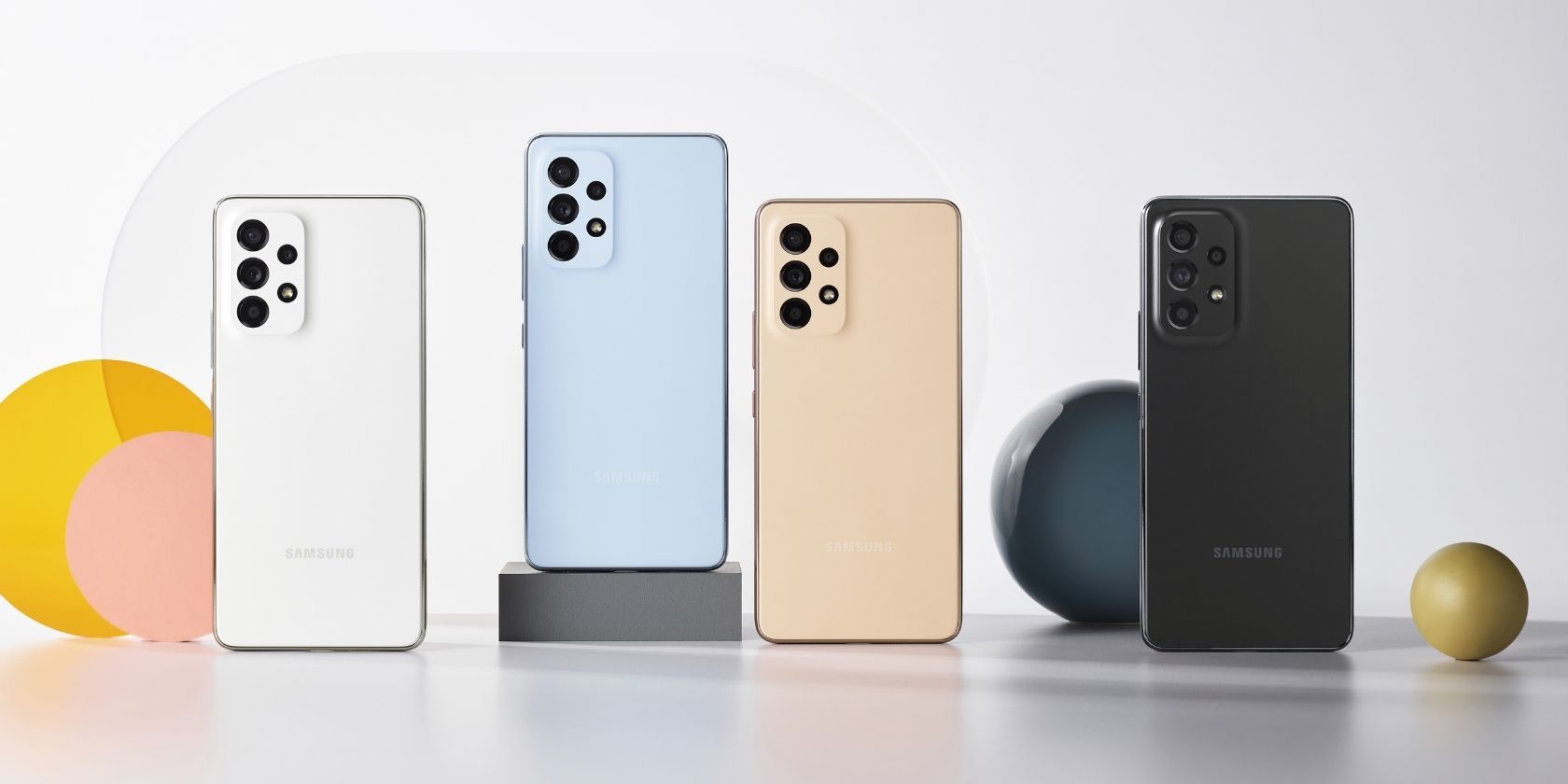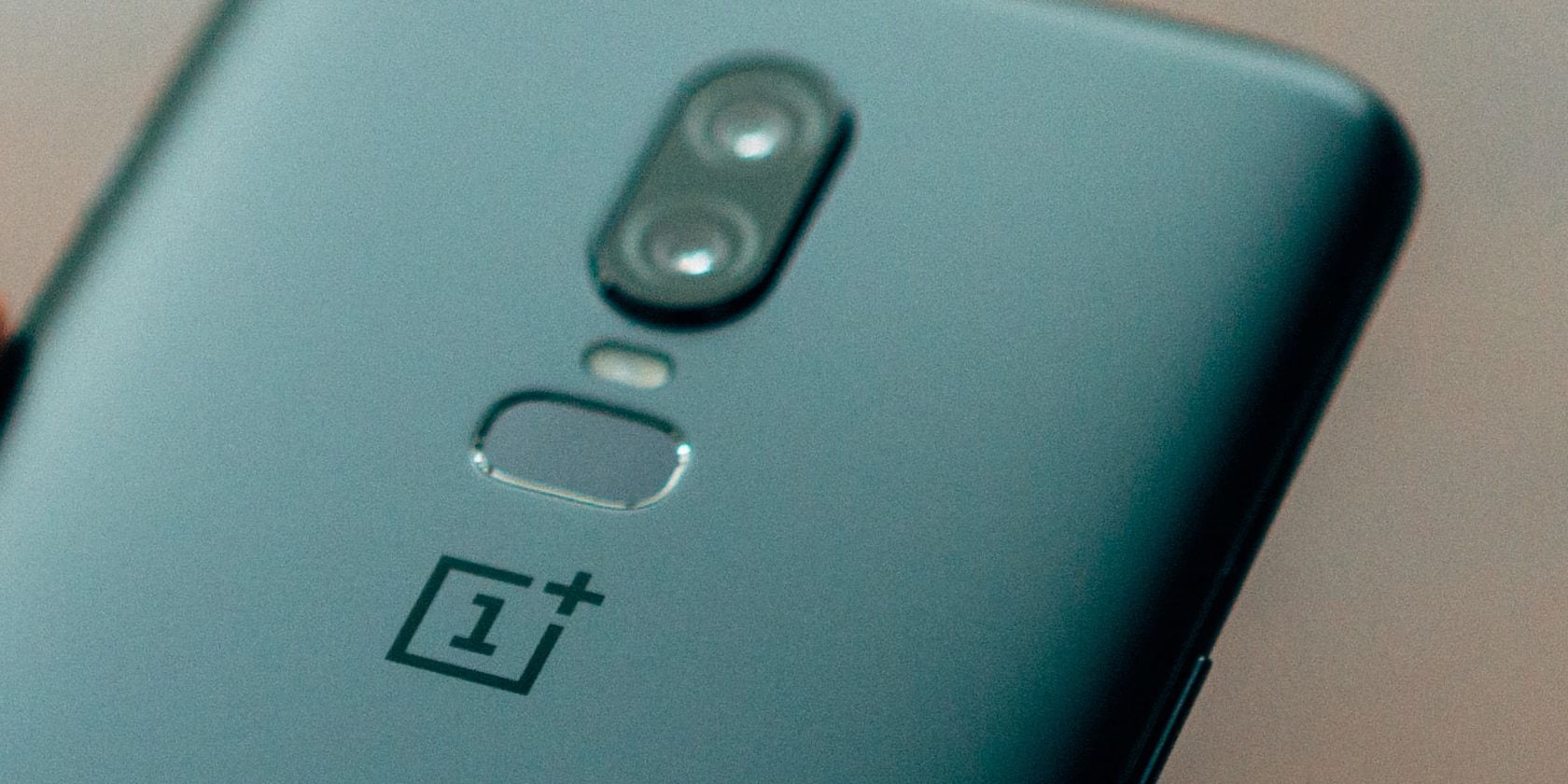Smartphones evolve just like any other gadget, but their evolution can sometimes bring changes that make your life harder instead of easier.
In this list, we're looking at seven hardware features that you rarely see in smartphones anymore, but which are super useful and should make a comeback.
1. Fingerprint Sensor on the Back
Smartphones today use in-display fingerprint sensors, either optical or ultrasonic. But a capacitive fingerprint sensor on the back makes more sense because it's easier to catch as it's located where your finger would naturally rest when holding your phone.
This means you can unlock your phone while pulling it out of your pocket; by the time you face the device, you'll be at the home screen. It's fast, simple, and easy. A side-mounted capacitive fingerprint sensor like the one on the Asus Zenfone 9 can also achieve the same result.
In comparison, an in-display fingerprint scanner requires you to pull out your phone, turn on the screen, look at the fingerprint icon on the lock screen, and then press your finger on it. It's slow and not as intuitive. And if you place your finger slightly above or below the icon, your phone may not even recognize your fingerprint at all.
2. Headphone Jack
We're still mad that Apple convinced the whole tech industry to kill headphone jacks. We've already written at length why wired headphones are better than wireless headphones, but the lack of a 3.5mm audio jack makes buying the former so much harder.
Even though wired headphones are cheaper, sound better, last longer, and are less harmful to the environment, the absence of a jack makes wireless earbuds a convenient alternative. After all, you don't want to have to carry an adapter everywhere you go.
Fortunately, there are still some phones that come with a headphone jack such as the Asus Zenfone 9, Asus ROG Phone 6, and Sony Xperia 1 IV. You must have noticed that dedicated gaming phones never skip on the headphone jack, that's because wired headphones don't face latency issues and never need to be charged.
3. Notification LEDs
Notification LEDs were a simple but useful feature that modern phones don't have. On some phones, you could even customize the color of the LED; for instance, you could have a blue light appear for SMS texts, red for missed calls, green for WhatsApp messages, and so on.
Notification LEDs were one of the obstacles manufacturers faced in the pursuit of minimizing bezels and maximizing screen size, so the feature had to go. There are apps you can download that replicate the effect, but almost no manufacturer makes smartphones with built-in notification LEDs anymore.
4. Expandable Storage
Just like headphone jacks, modern flagships no longer come with a dedicated microSD slot for expandable storage. Because of this, you're left to figure out how much storage you need beforehand, or you run the risk of running out of space.
With expandable storage, you could simply buy a new microSD card if you needed more storage. Budget and mid-range Android phones today still come with expandable storage, but we wouldn't be surprised to see the feature gone in a few years.
By removing the microSD card slot, brands entice you to upgrade to a higher storage variant and hence spend more money. For context, a 128GB microSD card costs less than $20, but picking a 256GB variant of a flagship (as opposed to the base 128GB) will add about $100 more to the total price.
5. IR Blaster
Smartphones used to come with an Infrared Blaster, or IR Blaster, that allowed your phone to double as a TV remote. Some budget phones still offer it, but the feature has long been discontinued on flagship phones mostly because of the rise of smart TVs that use Wi-Fi to execute commands.
In other words, having an IR blaster went from being a necessity to an optional feature as more people switched to smart TVs. But if you happen to have a regular TV at your place, a built-in IR blaster is nice to have on your phone for added convenience.
6. Squeezable Sides
The Google Pixel 2 introduced a unique feature that was discontinued with the Pixel 5: Active Edge. The feature allowed you to physically squeeze the sides of your device to perform actions. Having the ability to quietly and quickly perform an action on your phone by just squeezing it is not only novel but also very practical.
For instance, if you're in public and want to trigger Google Assistant, you don't have to say the hotword and run the risk of potentially embarrassing yourself—just squeeze your phone and ask your query. You could also use it to silence alarms, turn on the flashlight, turn on Do Not Disturb, or open an app of your choice.
We're not fully sure why Google decided to remove the Active Edge feature, but we're guessing it has something to do with the internal real estate of the device. Fitting pressure-sensitive panels may have taken valuable space that could otherwise be used to fit a bigger battery.
7. Front-Facing Speakers
Front-facing speakers are also going extinct. Although they sound better and are more immersive, they take up a lot of space and hence require huge bezels, making the phone feel outdated. After all, most people would rather have a bigger screen over better speakers.
The next logical step here is to move the speakers behind the screen to further minimize bezels, and there are some phones that do this. The problem is, under-display speakers have significantly worse sound quality than regular ones and are hence not a good alternative yet.
Not All Smartphone Upgrades Are Improvements
Sometimes, smartphone features are discontinued to enable the improvement of other features that consumers prioritize more. Other times, they are discontinued simply because doing so is somehow more profitable for the tech industry.
For instance, front-facing speakers and notification LEDs had to go because people would rather have a bigger screen. But headphone jacks and expandable storage were discontinued so that manufacturers could sell you expensive wireless earbuds and more internal storage.





